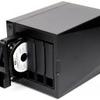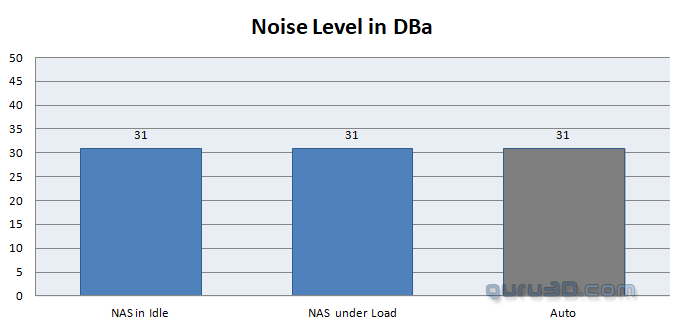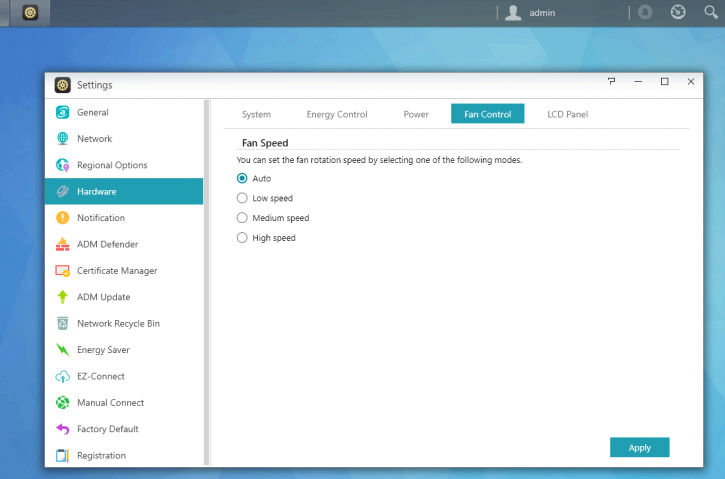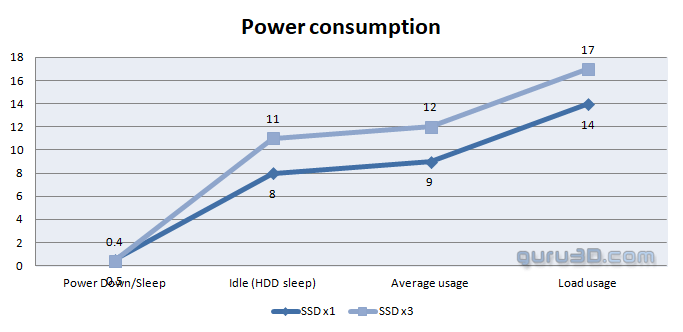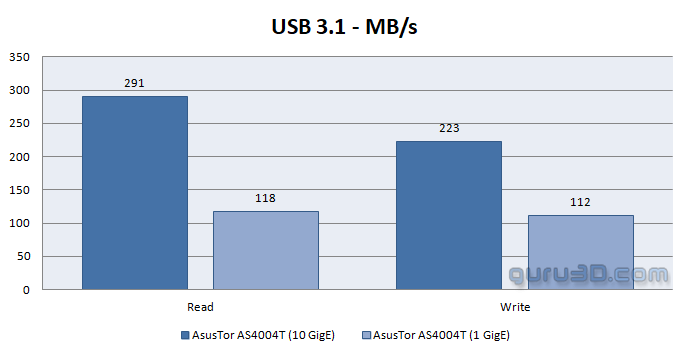Power Consumption & Noise levels
Noise Levels
When computer hardware produces a lot of heat, usually that heat needs to be transported away from the hot core as fast as possible. Often you'll see massive active fan solutions that can indeed get rid of the heat, yet all the fans these days make the PC, a noisy son of a gun. Do remember that the test we do is extremely subjective. We bought a certified dBA meter and will start measuring how many dBA originate from the PC. Why is this subjective you ask? Well, there is always noise in the background, from the streets, from the HDD, PSU fan, etc, so this is by a mile or two, an imprecise measurement. You could only achieve objective measurement in a sound test chamber. The human hearing system has different sensitivities at different frequencies. This means that the perception of noise is not at all equal at every frequency. Noise with significant measured levels (in dB) at high or low frequencies will not be as annoying as it would be when its energy is concentrated in the middle frequencies. In other words, the measured noise levels in dB will not reflect the actual human perception of the loudness of the noise. That's why we measure the dBA level. A specific circuit is added to the sound level meter to correct its reading in regards to this concept. This reading is the noise level in dBA. The letter A is added to indicate the correction that was made in the measurement. Frequencies below 1 kHz and above 6 kHz are attenuated, whereas frequencies between 1 kHz and 6 kHz are amplified by the A weighting.
Examples of Sounds Levels
| Jet takeoff (200 feet) | 120 dBA | |
| Construction Site | 110 dBA | Intolerable |
| Shout (5 feet) | 100 dBA | |
| Heavy truck (50 feet) | 90 dBA | Very noisy |
| Urban street | 80 dBA | |
| Automobile interior | 70 dBA | Noisy |
| Normal conversation (3 feet) | 60 dBA | |
| Office, classroom | 50 dBA | Moderate |
| Living room | 40 dBA | |
| Bedroom at night | 30 dBA | Quiet |
| Broadcast studio | 20 dBA | |
| Rustling leaves | 10 dBA | Barely audible |
The unit as tested is silent. We could not even hear the fan. We measure with a certified dBA meter at 75 cm distance from the NAS unit.
If you will be using HDDs, these will make the noise you hear, we tested with an SSD and RAID5 SSD array. The Auto setting is good. You can alternatively select other fan profile modes, once you pass medium, things will get too hot (unlikely).
Leave your unit in Auto fan profile mode and it's all good.
Power Consumption
We placed the good old wattage meter in-between the wall power socket and the device to see how much power it actually eats away. I mean, this is a small controller based server really.
Results above are measured based on two conditions - one SSD to measure the lowest power consumption and then the other range shown, done with RAID5 (3X SSD).
The NAS is clever in the sense that it will automatically detect when it has been disconnected from a computer and stop the hard drives from spinning. But on a single SSD condition average, we measured power consumption to be roughly 9 Watts with one active storage unit installed. With HDDs that number would be a notch higher, add roughly 2W per HDD. We measured roughly 8 Watts for the NAS in idle with just the one SSD. In RAID5 we idle at 11 Watts, on average used 12 to 13 Watts and under full array write load we measured 17 Watts.
USB 3.1 Performance
We make use of a Plextor EX1 USB 3.1 Gen2 flash drive. It is one of the faster sticks available on the market and makes USB 2.0 at 25~30 MB/sec look rather pale in comparison. That is the maximum performance for the USB stick right there.
- USB 3.1 Gen 1 (Speed up to 5 Gbps)
- USB 3.1 Gen 2 (Speed up to 10 Gbps)
The NAS has two USB 3.1 Gen1 connectors which offer quick and easy local storage. Once you pop in a fast Flash disk it'll get mounted and within the NAS will be shared so you can reach the USB stick over your LAN network. At the Gigabit jack, we see excellent performance at that 112~118 MB/sec range. On the 10 GigE jack, things get even more impressive as we close in at 300 MB/sec on reads and 223 MB/sec on writes.
